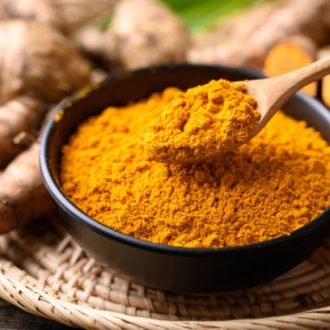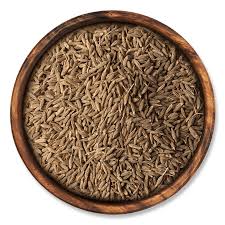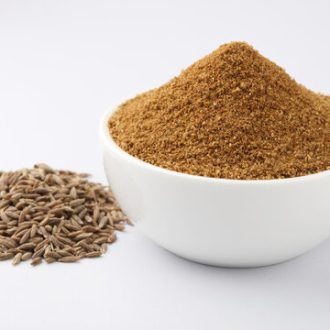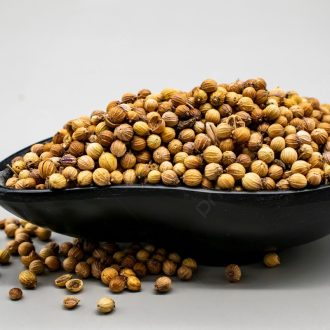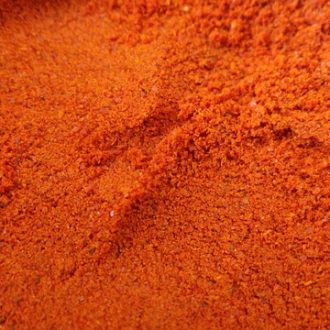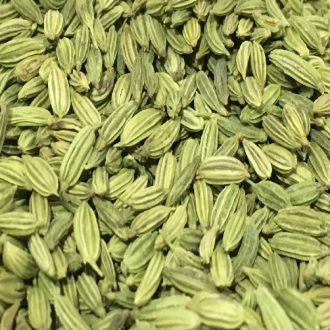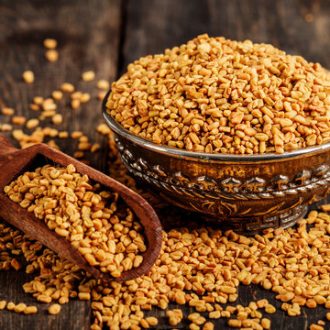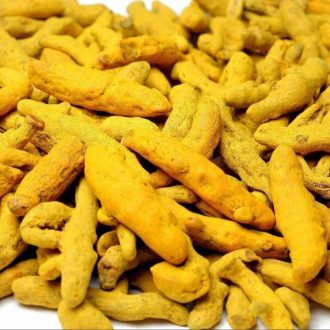Description
Specification Mustard Seeds Grade Wise
| MUSTARD SEEDS | Black | Yellow | Black | Yellow |
|---|---|---|---|---|
| Type | Sortex | Sortex | Sortex | Sortex |
| Purity | 99.5 % | 99.5 % | 99% | 99% |
| Other Color | 0.5 % | 0.5 % | 2 % | 2 % |
| Oil Content | 40-42% | |||
| Place of Origin | India | |||
| Moisture | 12% | |||
| Protein | 10% | |||
Mustard seeds are the small, round seeds of the mustard plant, belonging to the Brassicaceae family. They are a valuable source of bioactive compounds, including glucosinolates, omega-3 fatty acids, and antioxidants, and have various uses in food, medicine, and agriculture.
-
Types:There are three main types of mustard seeds: brown, yellow (or white), and black.
-
Composition:They contain around 30-40% oil, a smaller proportion of protein, and a strong enzyme called myrosin.
-
Flavor:When ground or mixed with water, the seeds release a pungent, volatile oil that provides the characteristic mustard flavor.
-
Uses:
- Food: Mustard seeds and their derived products (like mustard oil and powder) are used as condiments in cooking, pickling, and as a flavoring agent.
- Health: They are a source of antioxidants, including cysteine, carotenes, zeaxanthins, and lutein. Research suggests potential benefits like antioxidant and anti-inflammatory properties, and possible cancer-preventive effects.
- Agriculture: Mustard seeds are used to produce oil and cake (a byproduct used for animal feed and fertilizer).
- Food: Mustard seeds and their derived products (like mustard oil and powder) are used as condiments in cooking, pickling, and as a flavoring agent.


